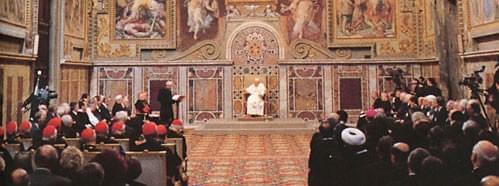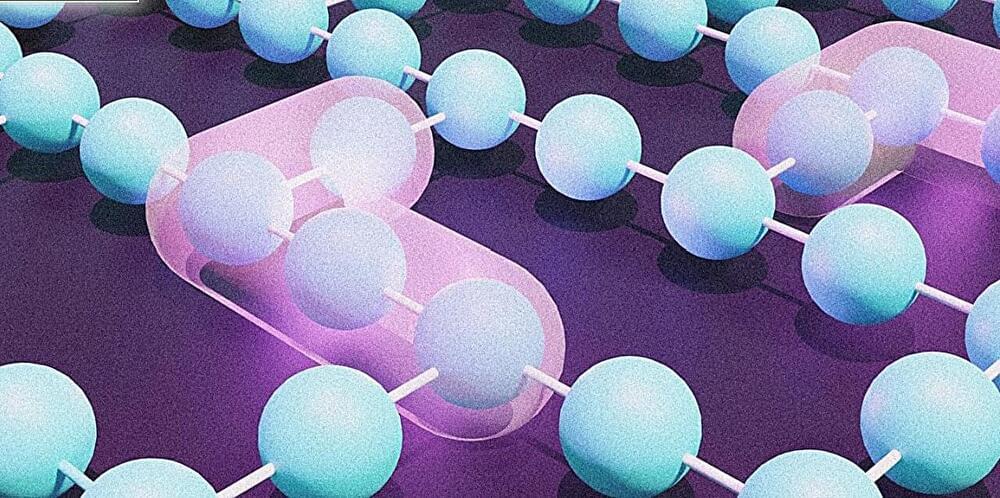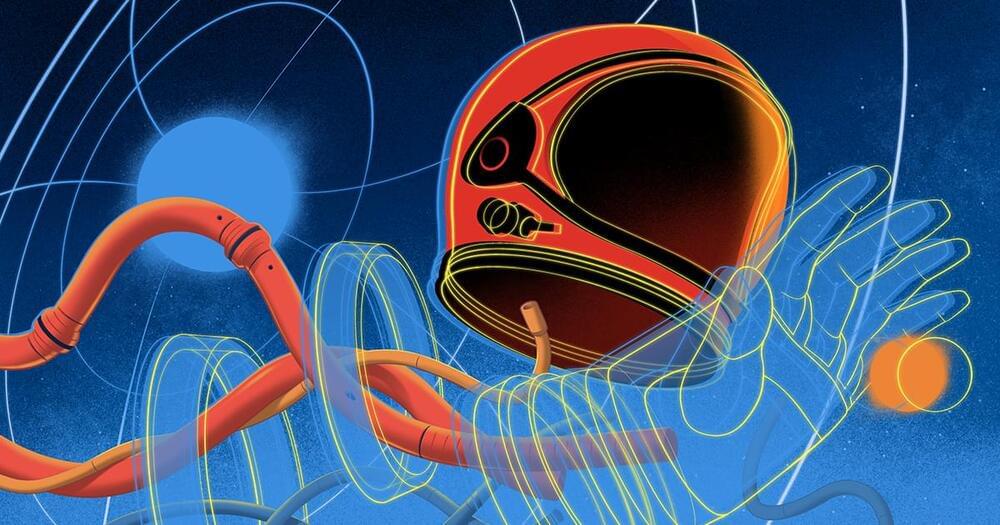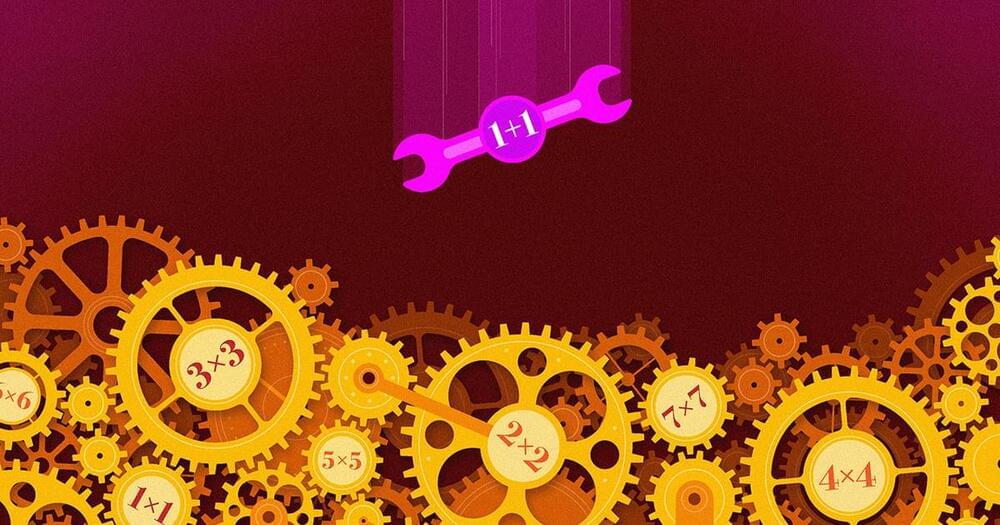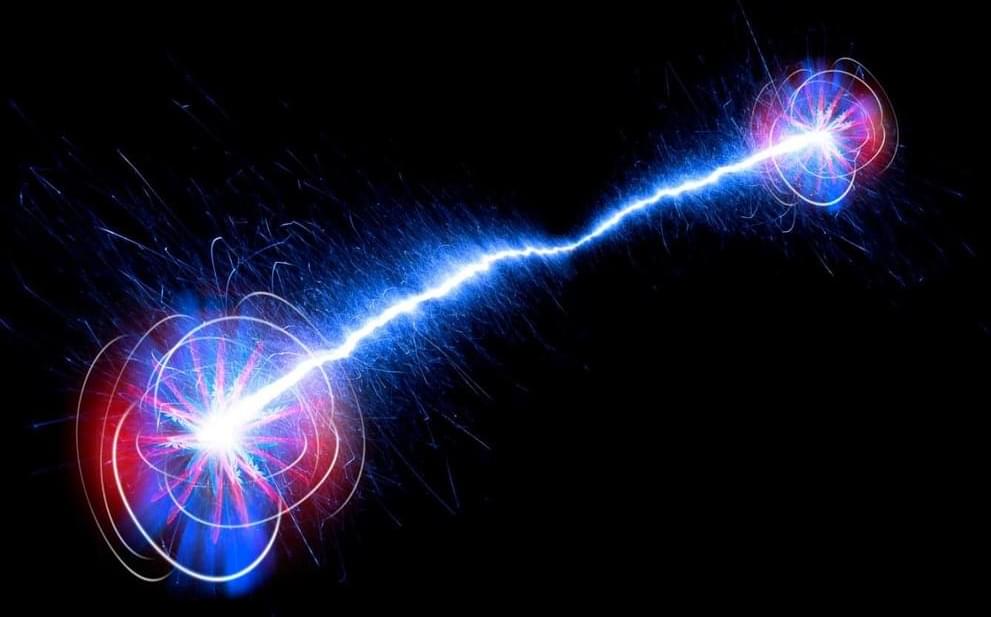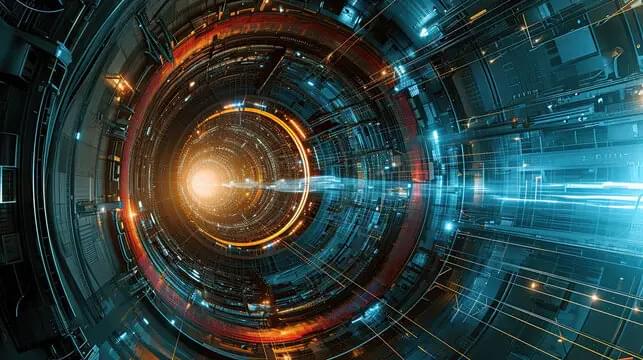Based on a new mathematical framework and large multi-year multi-mission data sets, we reconstruct electric currents and magnetic fields around the dayside magnetopause and their dependence on the incoming solar wind, IMF, and geodipole tilt. The model architecture builds on previously developed mathematical frameworks and includes two separate blocks: for the magnetosheath and for the adjacent outer magnetosphere. Accordingly, the model is developed in two stages: 1) reconstruction of a best-fit magnetopause and underlying dayside magnetosphere, based on a simple shielded configuration, and 2) derivation of the magnetosheath magnetic field, represented by a sum of toroidal and poloidal terms, each expanded into spherical harmonic series of angular coordinates and powers of normal distance from the boundary. The spacecraft database covers the period from 1995 through 2022 and is composed of data from Geotail, Cluster, Themis, and MMS, with the total number of 1-min averages about 3 M. The modeling reveals orderly patterns of the IMF draping around the magnetosphere and of the magnetopause currents, controlled by the IMF orientation, solar wind pressure, and the Earth’s dipole tilt. The obtained results are discussed in terms of the magnetosheath flux pile-up and the dayside magnetosphere erosion during periods of northward or southward IMF, respectively.
The dayside magnetosheath and magnetopause play a principal role in the magnetosphere response to the interplanetary plasma flow. They serve as a main gateway where the first contact occurs between the incoming magnetized solar wind and the geomagnetic field, eventually resulting in a complex chain of magnetospheric processes. Of primary importance here is the mutual orientation of the external IMF and the internal magnetospheric field, defining the reconnection pattern at the boundary. This subject has long been at the center of many studies and extensive debates in the literature, starting from the seminal ideas of Dungey (Dungey, 1961) and followed by a multitude of works, recently summarized in reviews (Trattner et al., 2021; Fuselier et al., 2024). The reconnection geometry has been traditionally addressed in the framework of two basic concepts: the component and antiparallel merging (e.g. (Fuselier et al., 2021), and refs. therein (Qudsi et al., 2023)).
